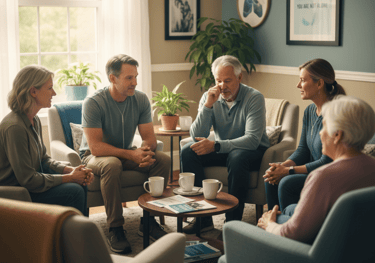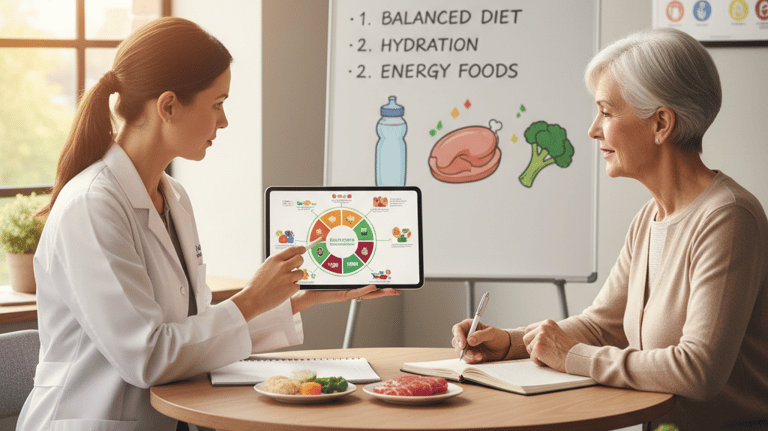Pulmonary Rehabilitation
is a comprehensive, supervised medical program designed for people with chronic (long-term) lung diseases who experience symptoms like shortness of breath and decreased function despite standard medical treatment.
It is a holistic, patient-tailored intervention delivered by a multidisciplinary team.
Primary Goals of Pulmonary Rehabilitation
The main purpose of a PR program is to:
Improve quality of life and sense of well-being.
Reduce symptoms, especially shortness of breath.
Increase exercise tolerance and physical function.
Enable people to achieve and maintain their maximum level of independence and functioning.
Decrease hospitalizations and emergency room visits.
Exercise Training (The Cornerstone)
Personalized exercise plans, often supervised by healthcare professionals, to strengthen the muscles of the arms, legs, and those used for breathing. This includes aerobic exercise, resistance (strength) training, and sometimes inspiratory muscle training (IMT).
Education and Self-Management
Learning about the lung disease, proper use of medications (like inhalers), recognizing and managing flare-ups (exacerbations), conserving energy, and techniques to manage breathing and symptoms.
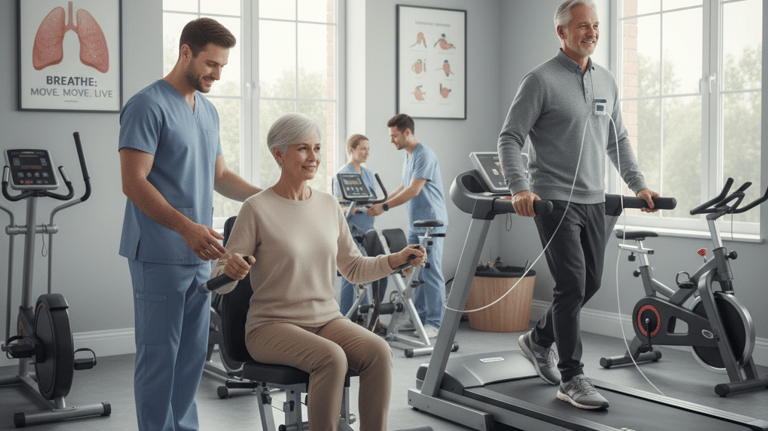


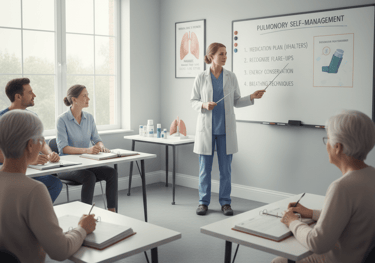
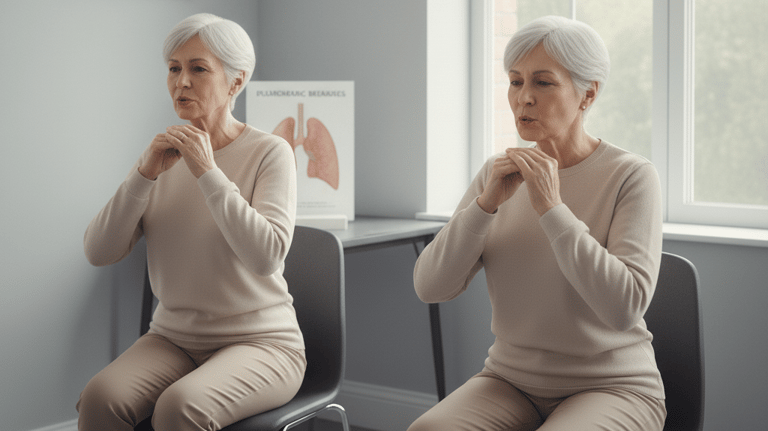

Breathing Techniques
Instruction on specific techniques (such as pursed-lip breathing or diaphragmatic breathing) to better control breathing and reduce feelings of being out of breath.
Psychosocial Counseling and Support
Addressing the emotional impact of chronic lung disease, such as anxiety and depression, through individual or group counseling.
Nutritional Counseling
Guidance on diet and meal preparation to manage weight and ensure proper nutrient intake, which is vital for muscle mass maintenance and overall health.

